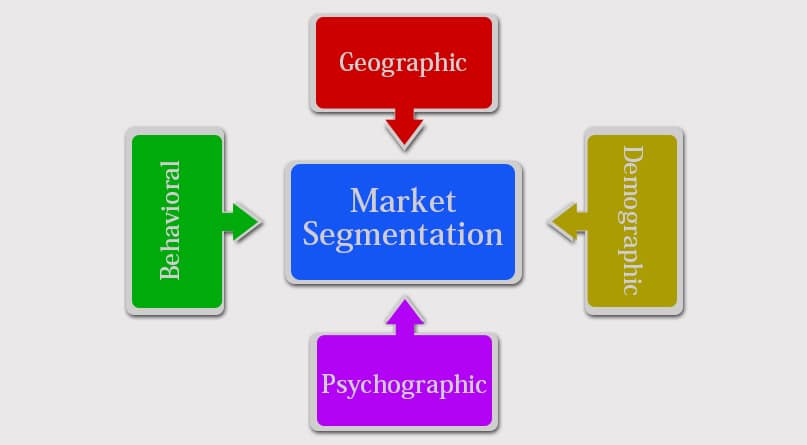
From Shelves to Satisfaction: How Best Buy Championed Customer Centricity with Segmentation (A Real-Life Success Story)
Remember the days of wandering through electronics stores overwhelmed by endless product rows? That was the pre-transformation Best Buy, a retail giant focused on pushing products over building relationships. However, facing fierce competition and changing consumer habits, Best Buy embarked on a transformative journey, embracing customer-centricity through strategic segmentation. This shift revolutionized their retail experience, not only boosting customer satisfaction but also driving impressive business results.
Segmenting for Success:
Best Buy realized their diverse customer base wasn’t a monolith. They segmented their audience based on demographics, purchase history, tech fluency, and lifestyle needs. This granular understanding allowed them to:
- Craft targeted marketing campaigns: Gone were generic promotions. Now, customers received personalized messages aligned with their interests and aspirations, whether it was a millennial gamer’s dream rig or a senior’s user-friendly smart home setup.
- Tailor the in-store experience: Forget the impersonal sales pitch. Sales associates transformed into trusted advisors, equipped with knowledge of specific segments and their unique needs. This fostered deeper connections and led to informed purchase decisions.
- Develop niche-specific offerings: Best Buy curated dedicated sections for various segments, like a “Gamer Zone” packed with the latest gear and a “Smart Home Hub” showcasing intuitive solutions. This catered to diverse preferences and created a more engaging shopping experience.
The Impact of Transformation:
The results were nothing short of remarkable. Best Buy witnessed:
- Increased customer satisfaction: Customers felt valued and understood, leading to positive reviews and stronger brand loyalty.
- Improved conversion rates: Personalized offers resonated deeply, resulting in higher purchase rates and increased basket sizes.
- Enhanced customer lifetime value: By catering to individual needs and building trust, Best Buy fostered long-term relationships with customers.
- Boosted sales and profitability: Customer-centricity translated directly to financial success, solidifying Best Buy’s position in the competitive retail landscape.
Learning from the Best:
Best Buy’s journey offers valuable lessons for any business aspiring to achieve a truly customer-centric approach:
- Data is your friend: Leverage customer data to understand your audience and their unique needs.
- Segmentation empowers personalization: Craft tailored experiences that resonate with individual segments.
- Invest in your employees: Equip your team with the knowledge and tools to serve as trusted advisors.
- Continuous improvement is key: Regularly monitor results, refine strategies, and adapt to evolving customer needs.
By following Best Buy’s lead and embracing the power of customer segmentation, you can unlock a world of deeper connections, stronger brand loyalty, and sustainable business growth. Are you ready to embark on your own customer-centric transformation?
Join the conversation on LinkedIn (shameless plug: Shailendra Kumar) and Twitter (Shailendra Kumar), share your thoughts.